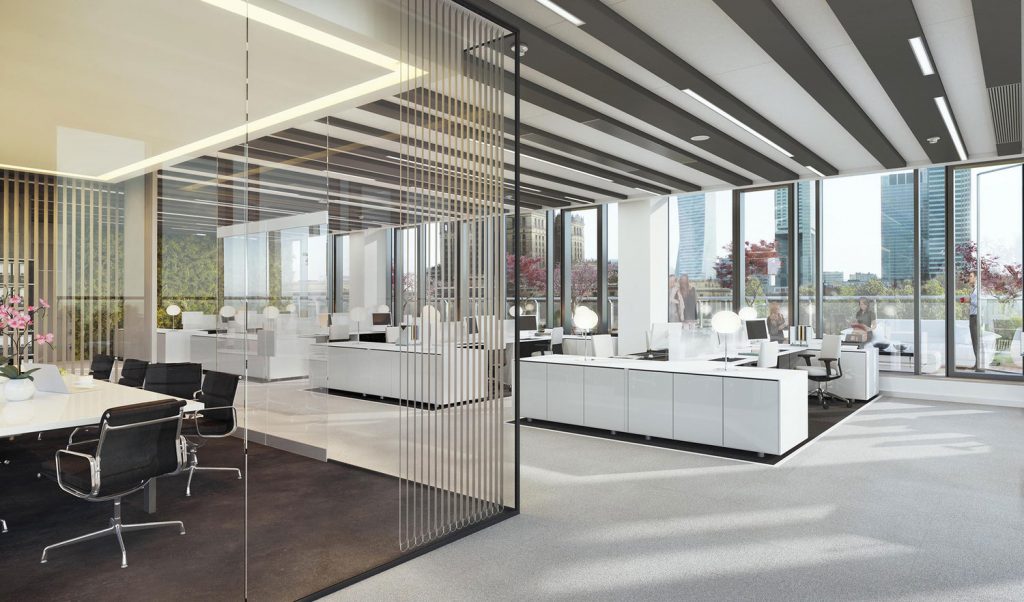We’ve been talking a lot recently about agility, among ourselves and with our clients. There’s a desire to have people think and act independently rather than waiting for direction and instruction; teams who silo-jump and collaborate freely rather than depending on seniors to open doors and ratify decisions; leaders and managers who engage with their own teams in a way that’s authentic, human and honest…. And above all, to be able to flex, improvise, adapt and make the best of what you have in volatile circumstances.
All laudable ambitions and all the subject of intensive, extensive (often expensive) and detailed culture change efforts in various workplaces right now. There are any number of workshops, trainings, programs, development experiences, online learning solutions, conferences, events and capability-build programmes going on to help employees at all levels cope better with flex, and even thrive on it. Great! But… have you ever considered that one of the key factors holding people back from becoming more agile could be much more tangible and lower-hanging?

What hope is there of cultural agility when there’s no flex in the physical environment?
In our time we’ve visited a whole range of working environments – the amazing, the good, the bad and the downright ugly. And our perspective on what good looks like has been changing rapidly as we’ve considered the cultural agility agenda. While we used to insist on lots of daylight and be delighted by cleverly designed play areas, we’ve recently started noticing something more fundamental and wondering about its impact: what hope is there of cultural agility when there’s no flex in the physical environment?
Nowhere is this more apparent than in the rise of the architect-designed, state-of-the-art office block, where every detail is defined. Brilliant for achieving a seamless corporate identity – however, beware the subliminal cues that come with working in a space where you have no permission to change anything, either at your workspace or in the public areas. In one office we visited recently, it was not even permitted to move a coffee area waste bin so it was closer to the place where waste was being created – design and layout apparently being more important than functionality or efficient use of people’s time.
In this situation people have no ownership for the place in which they do their work. When every instructional sign acts as a reminder that the space I’m inhabiting belongs to someone else, is it any surprise if I carry this lack of ownership over into my work? If the business doesn’t seem to trust me to inhabit a building responsibly, and won’t allow me to adapt what’s there to better suit my working needs, then what hope is there that I can transcend the accepted hierarchical norms and adopt a more agile approach to strategy creation, people management or anything else I’m responsible for?
So before setting up extensive programmes and capability-build around something like agility, take a long hard look at the subliminal messages that you are giving as a business, regarding how you want your employees to engage with you. Maybe it would be more cost-effective to allow a team freedom to design and own their physical environment, giving them coaching and support as they cycle through a series of sprints to work out the best new solutions for themselves, and then invite them to start applying this way of working to other, more overtly mission-critical topics – if that hasn’t already happened spontaneously by this point. At worst, you and they will have gained an insight into the challenges of transition to Agile working in practice for your organization. At best you’ll have kick-started the transformation already, in a pragmatic and easily communicable way.




